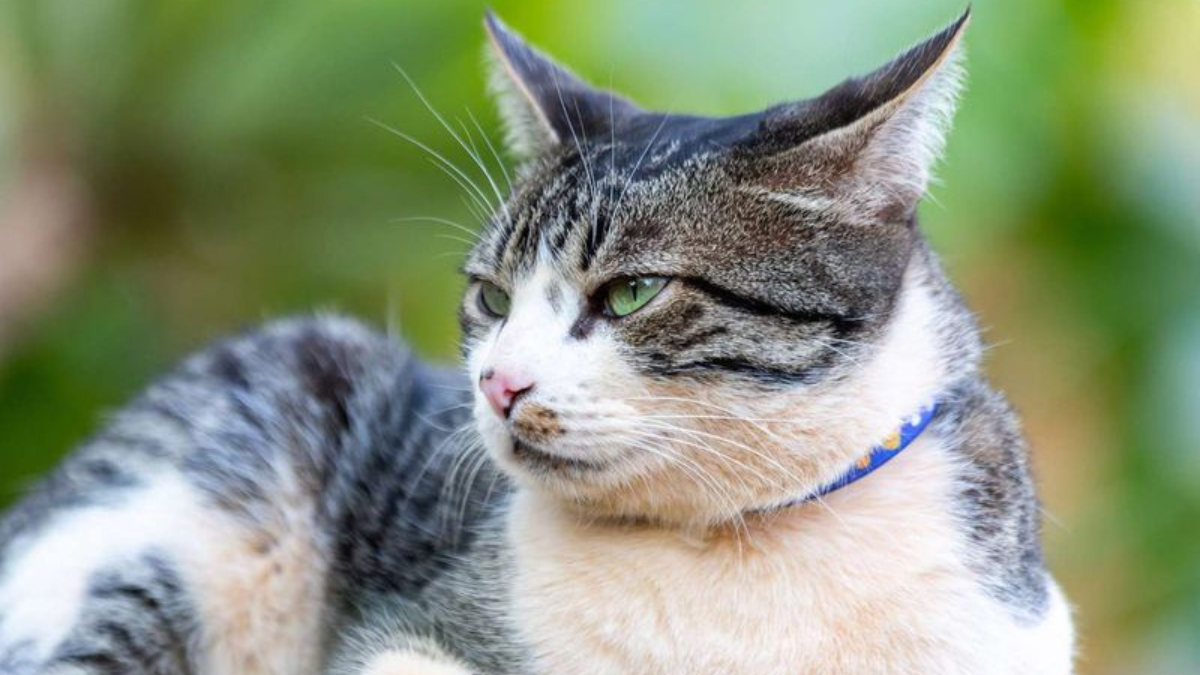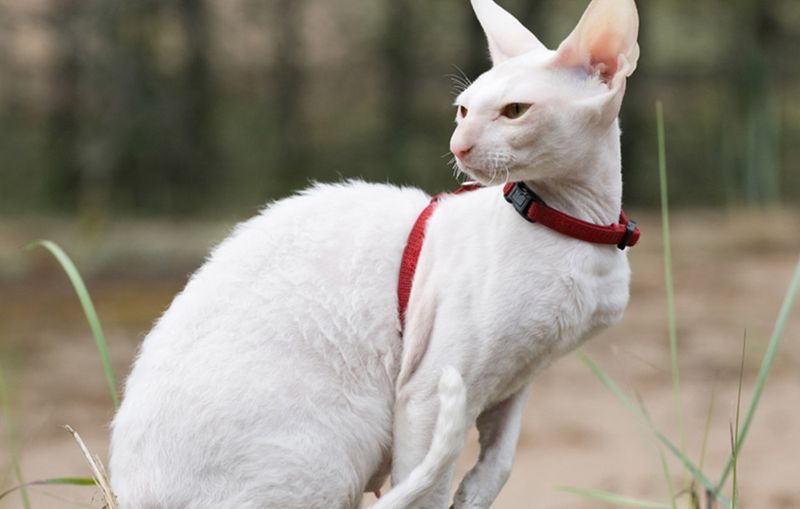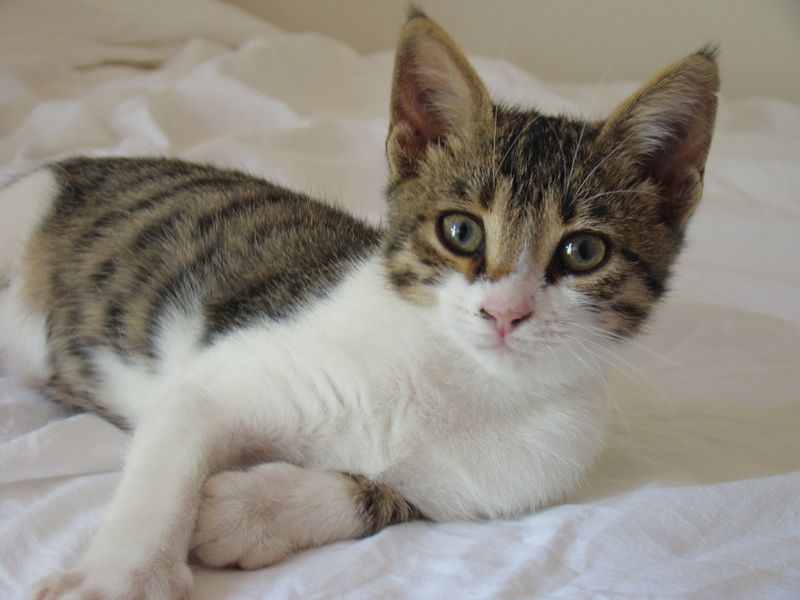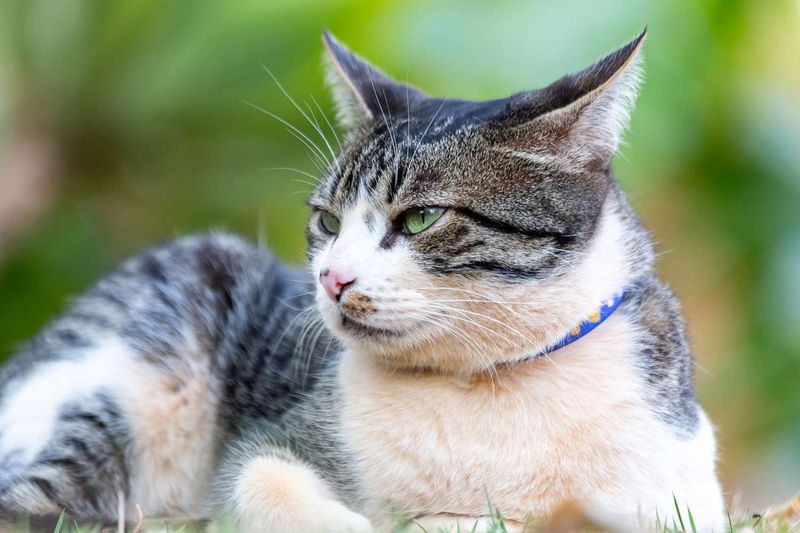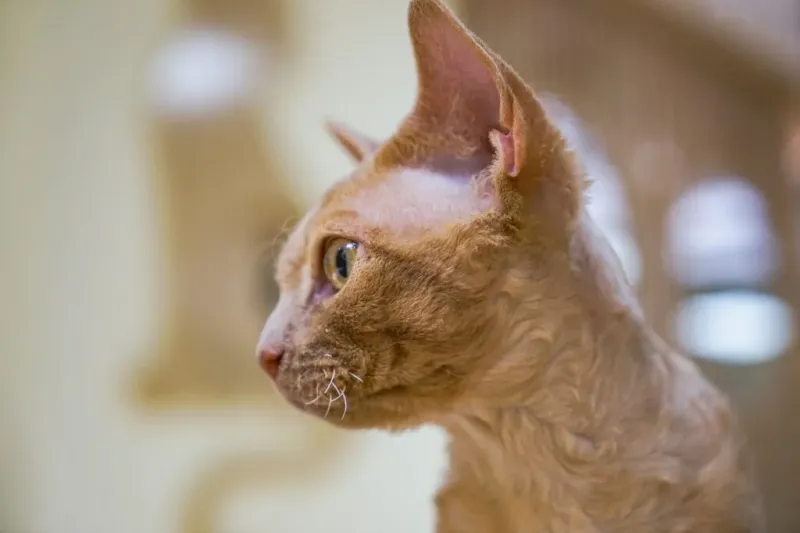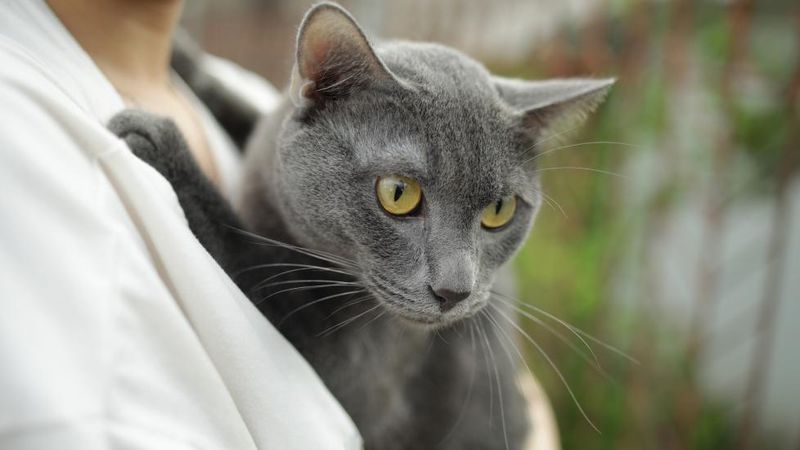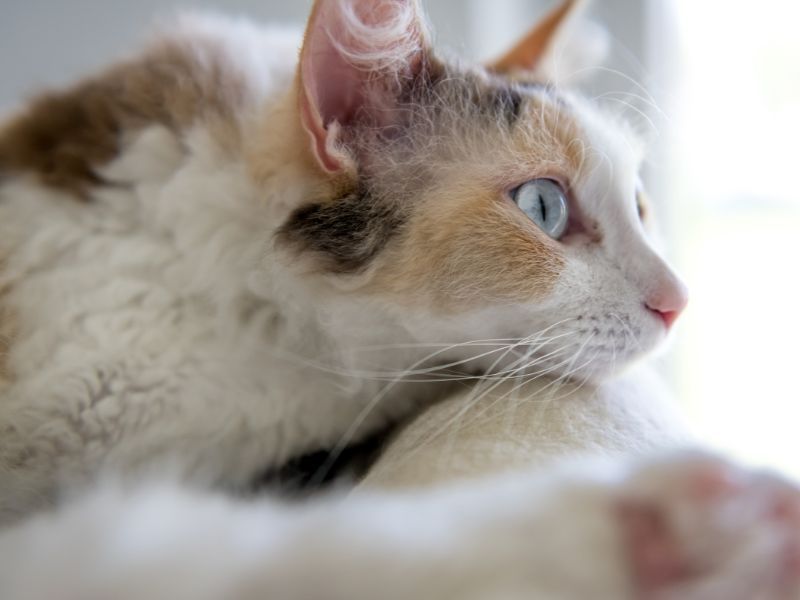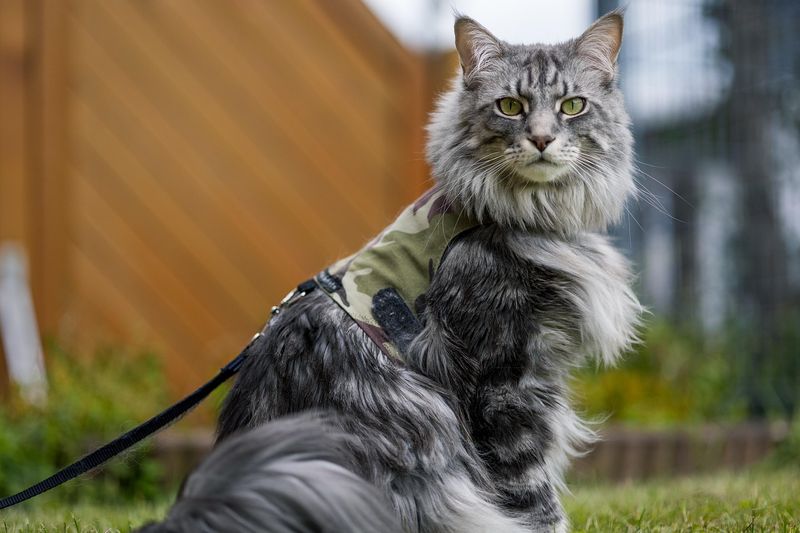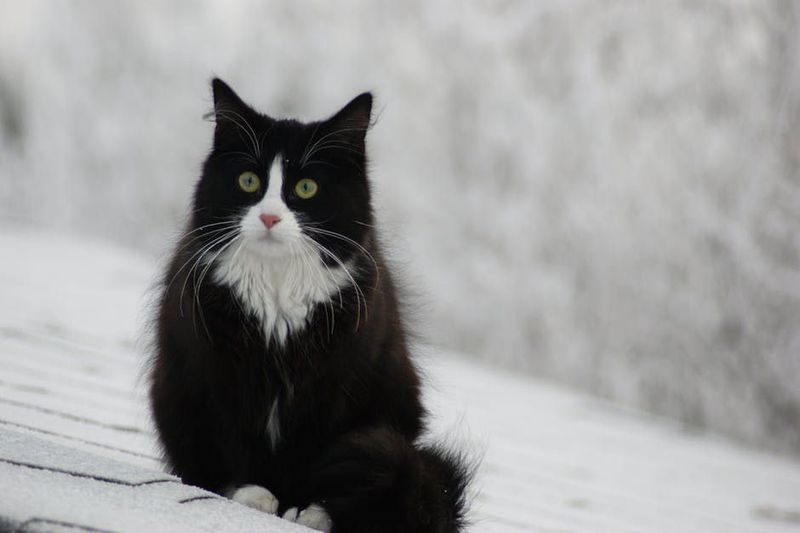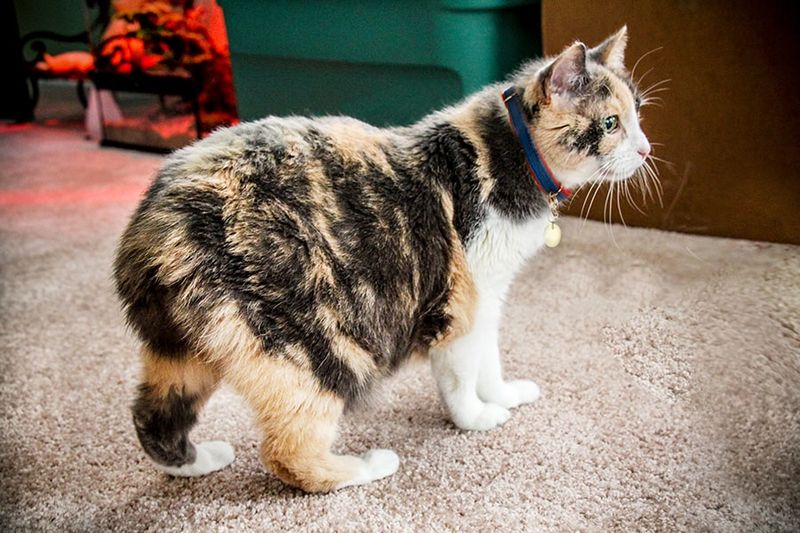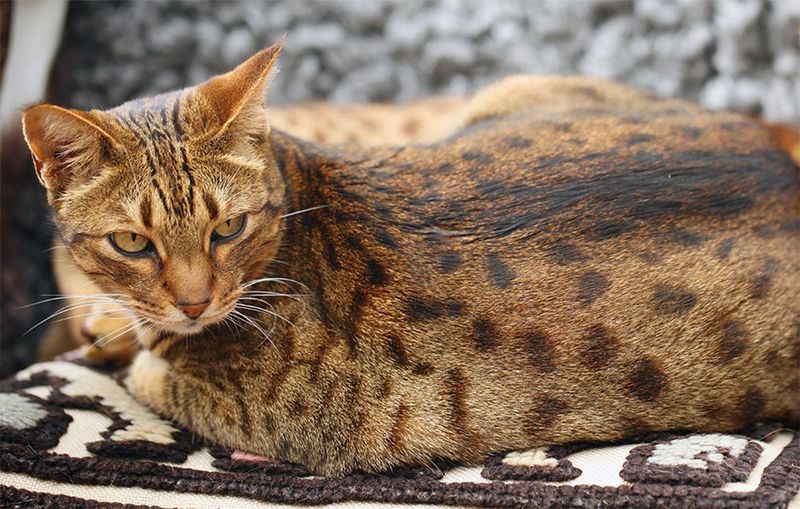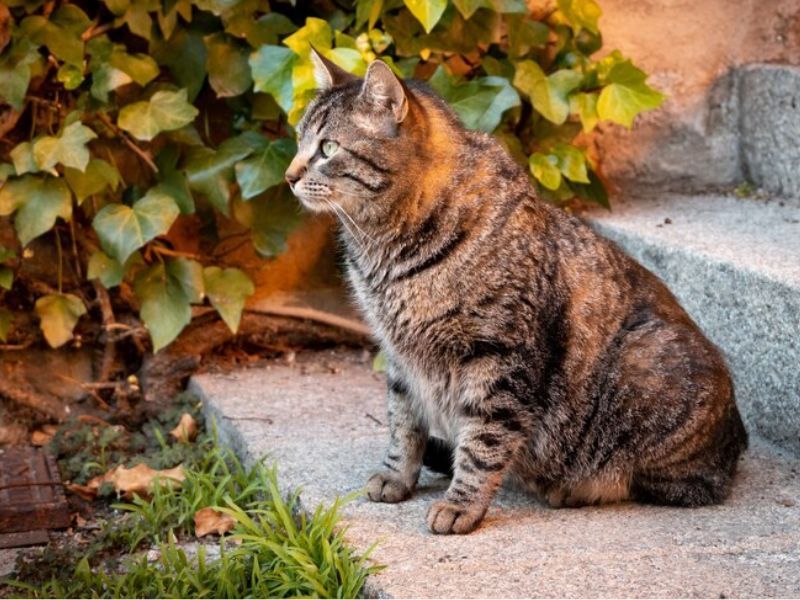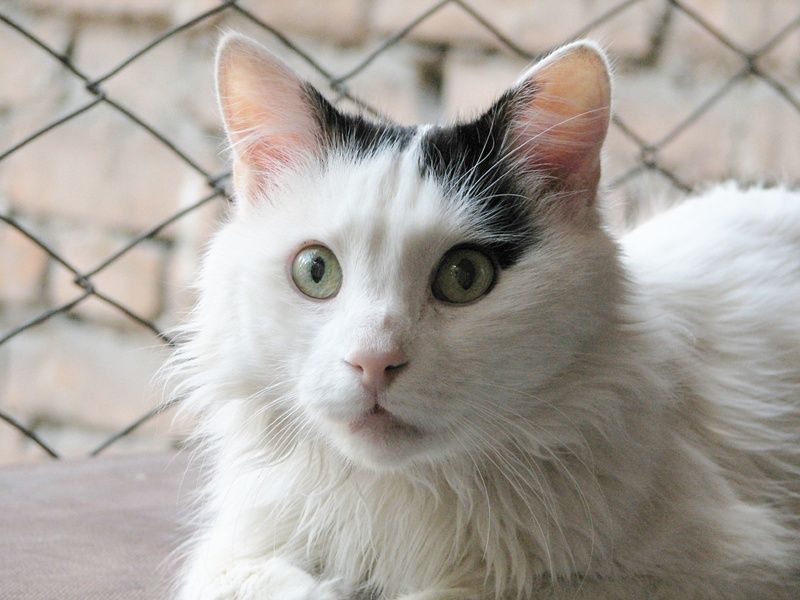📖 Table of Content:
Farm cats have played a crucial role in rural communities for centuries, silently protecting barns and granaries from rodent infestations. These cats often lived semi-wild lives, thriving in tough outdoor conditions while maintaining a close bond with the farm environment. Over time, distinct breeds emerged, shaped by the demands and challenges of agricultural life.
Many of these breeds developed naturally, adapting to the rigorous lifestyle that farm work required. Their physical traits and instincts were honed by generations of survival and utility rather than selective breeding for appearance alone. This natural evolution resulted in hardy, efficient hunters well-suited to their environment.
Recently, there has been a renewed interest in these traditional farm cats. Their combination of resilience, hunting prowess, and gentle nature appeals to those looking for more than just a pet. These breeds are once again valued not only for their work ethic but also for their companionship.
1. Cornish Rex
Sporting a wavy, downy coat that resembles lamb’s wool, the Cornish Rex emerged from Cornwall, England, in the 1950s. These heat-seeking missiles were prized by farmers for their extraordinary hunting prowess, able to squeeze into tiny spaces where mice and rats hid.
Their unusually warm bodies made them popular sleeping companions during cold country nights. The Rex’s distinctive appearance comes from a genetic mutation that eliminated the outer guard hairs, leaving only the soft undercoat.
Rural families appreciated their playful, mischievous personalities and boundless energy. Modern homesteaders are rediscovering these cats for their combination of working abilities and affectionate nature, making them perfect additions to small farms looking for natural pest control with personality.
2. Cyprus Cat
Hardy survivors from the Mediterranean island of Cyprus, these cats have roamed farm buildings for over 9,000 years. Archaeological evidence suggests they’re among the oldest domesticated cat breeds, brought to European farms by ancient traders.
Cyprus cats developed distinctive agouti coats that provided excellent camouflage in fields and barns. Their muscular bodies and exceptional jumping abilities made them formidable hunters of everything from mice to snakes.
Farmers valued their self-sufficient nature and natural weather resistance. The breed’s recent revival stems from growing interest in heritage livestock and traditional farming methods. Their strong hunting instincts and ability to thrive with minimal human intervention make them perfect for organic farms seeking natural pest management solutions.
3. American Wirehair
Born from a random mutation on a New York farm in 1966, the American Wirehair sports a distinctive coat that feels like steel wool. Unlike their sleek-coated counterparts, these cats have crimped whiskers and coarse, springy fur that provides extra protection in harsh weather.
Farm families valued these cats for their exceptional mousing abilities and adaptability to extreme temperatures. Their wiry coats required minimal grooming, making them low-maintenance companions for busy farm households.
Today, their unique appearance and sturdy constitution are drawing attention from cat enthusiasts seeking something different from the typical domestic shorthair. Their friendly, playful temperament combined with their working-cat heritage makes them ideal for modern homesteaders.
4. German Rex
First documented in East Germany during the 1930s, the German Rex features a plush, velvety coat that lies close to the body. These cats became favorites among European farmers for their exceptional cold tolerance and fearless hunting abilities.
Unlike many farm cats, German Rexes formed unusually strong bonds with their human families. They would often follow farmers around during chores, providing both companionship and pest control.
Their distinctive rounded heads and large, expressive eyes give them an eternally kitten-like appearance. The breed nearly disappeared after World War II but has seen renewed interest from heritage breed preservationists. Modern small-scale farmers appreciate their combination of working abilities and affectionate personalities, making them ideal barn cats for family farms.
5. Korat
Silver-blue guardians of Thai granaries for centuries, Korats were considered living good luck charms by farming communities. Their distinctive heart-shaped faces and luminous green eyes made them instantly recognizable among other farm cats.
Farmers believed these cats brought prosperity and good harvests. Korats possess exceptional intelligence, often figuring out complex routes to access rodent nests that others couldn’t reach.
Unlike typical farm cats, Korats were rarely given away but passed down through generations of farming families. Their recent resurgence in rural settings comes from their combination of working abilities and striking appearance. Modern homesteaders appreciate their quiet, methodical hunting style and surprising affection toward human family members while maintaining healthy boundaries with strangers.
6. LaPerm
Emerging from an Oregon cherry farm in 1982, the LaPerm started as a spontaneous mutation in a barn cat litter. The first kitten was born completely bald but later developed a striking curly coat that resembles a permanent wave.
Farm families quickly recognized these cats’ exceptional vermin-catching abilities. Their curly coats provided surprising protection against brambles and weather while requiring minimal maintenance.
LaPerms developed a reputation for being exceptionally intuitive, often sensing when predators threatened farm animals. They’re experiencing a comeback as modern homesteaders discover their combination of hardiness and sociability. Unlike many working cats, LaPerms actively seek human interaction while maintaining their independent hunting abilities, making them perfect for families wanting both pest control and companionship.
7. Maine Coon
Gentle giants of New England barns, Maine Coons evolved naturally to survive harsh winters and control vermin populations. Their massive paws with tufts of fur acted like natural snowshoes, allowing them to hunt effectively even in deep snow.
Farm families treasured these cats for their extraordinary rat-catching abilities and dog-like personalities. Their water-resistant, shaggy coats required little maintenance while protecting them from the elements.
Nearly vanishing in the early 20th century as farms modernized, Maine Coons have made a remarkable comeback. Today’s homesteaders value their combination of independence and sociability. Their natural hunting abilities remain intact despite generations of breeding, making them perfect for properties needing serious rodent control paired with a friendly, trainable disposition.
8. Norwegian Forest Cat
Vikings brought these magnificent cats to Norwegian farms over a thousand years ago. Their thick, water-repellent double coats and muscular bodies made them perfectly suited for hunting in snow and climbing trees after prey.
Rural families relied on these cats to protect grain stores during long, harsh winters. Norwegian Forest Cats developed unique adaptations like heavily tufted ears and toes for insulation against freezing temperatures.
Despite their wild appearance, these cats formed strong bonds with farm families. They nearly disappeared during World War II when crossbreeding with domestic cats became common. Modern interest in heritage breeds has revitalized their numbers. Today’s farmers appreciate their combination of fierce independence and family loyalty, plus their exceptional ability to control rodent populations in even the most extreme weather conditions.
9. Manx
Famous for their missing tails, Manx cats originated on the Isle of Man, where they served as shipboard and farm cats for centuries. Their powerful hind legs compensate for the lack of tail balance, giving them extraordinary jumping abilities perfect for catching barn pests.
Farmers valued their stocky, compact bodies and thick double coats that withstood harsh coastal weather. Manx cats developed rabbit-like hopping gaits that made them distinctive among farm cats.
Folk tales suggest they lost their tails climbing aboard Noah’s Ark just as the door was closing. The reality involves a genetic mutation that became concentrated on the isolated island. Modern homesteaders appreciate their exceptional intelligence and problem-solving abilities. Their strong prey drive remains intact, making them outstanding choices for natural rodent control in barns and outbuildings.
10. Ocicat
Despite their wild spotted appearance, Ocicats were developed in Michigan during the 1960s from domestic breeds. Farmers quickly recognized their value, as these cats combined the spotted camouflage of wild hunters with the temperament of domestic companions.
Their muscular bodies and lightning-fast reflexes made them exceptional hunters in barns and fields. Unlike many farm cats, Ocicats formed unusually strong bonds with their human families while maintaining their working abilities.
Rural communities appreciated their distinctive spotted coats that provided camouflage when hunting. Modern homesteaders are rediscovering these cats for their perfect balance of wild appearance and domestic personality. They excel at rodent control while being trainable enough to learn boundaries, making them ideal for farms where certain areas need to remain cat-free.
11. Pixie-bob
Resembling miniature bobcats, Pixie-bobs emerged in the Pacific Northwest during the 1980s. Rural families quickly embraced these cats for their extraordinary hunting abilities and distinctive wild appearance, complete with bobbed tails and lynx-like ear tufts.
Farm owners valued their dog-like personalities, often describing them as “cats in dog suits.” Many Pixie-bobs can be taught to walk on leashes and come when called, unlike typical independent farm cats.
Their polydactyl paws with extra toes gave them advantages when hunting in rough terrain. Today’s sustainable farmers appreciate their combination of working abilities and trainability. Unlike many working cats, Pixie-bobs form strong bonds with children and other animals while maintaining exceptional hunting skills, making them perfect family farm companions.
12. Turkish Van
Swimming cats of ancient Anatolia, Turkish Vans have guarded farms in the Lake Van region for thousands of years. Their water-loving nature made them unique among farm cats, often diving into irrigation channels to catch fish or cool off in summer heat.
Farmers prized their distinctive colored heads and tails with cream bodies, a pattern called the “Van mark.” Their silky, water-repellent coats dried quickly after swimming adventures.
Known as the “swimming cats,” they developed powerful bodies and exceptional intelligence. Modern interest in heritage breeds has brought renewed attention to these remarkable cats. Their combination of strong hunting instincts and unusual water affinity makes them perfect for farms with ponds or streams where rodents might otherwise escape predation.
